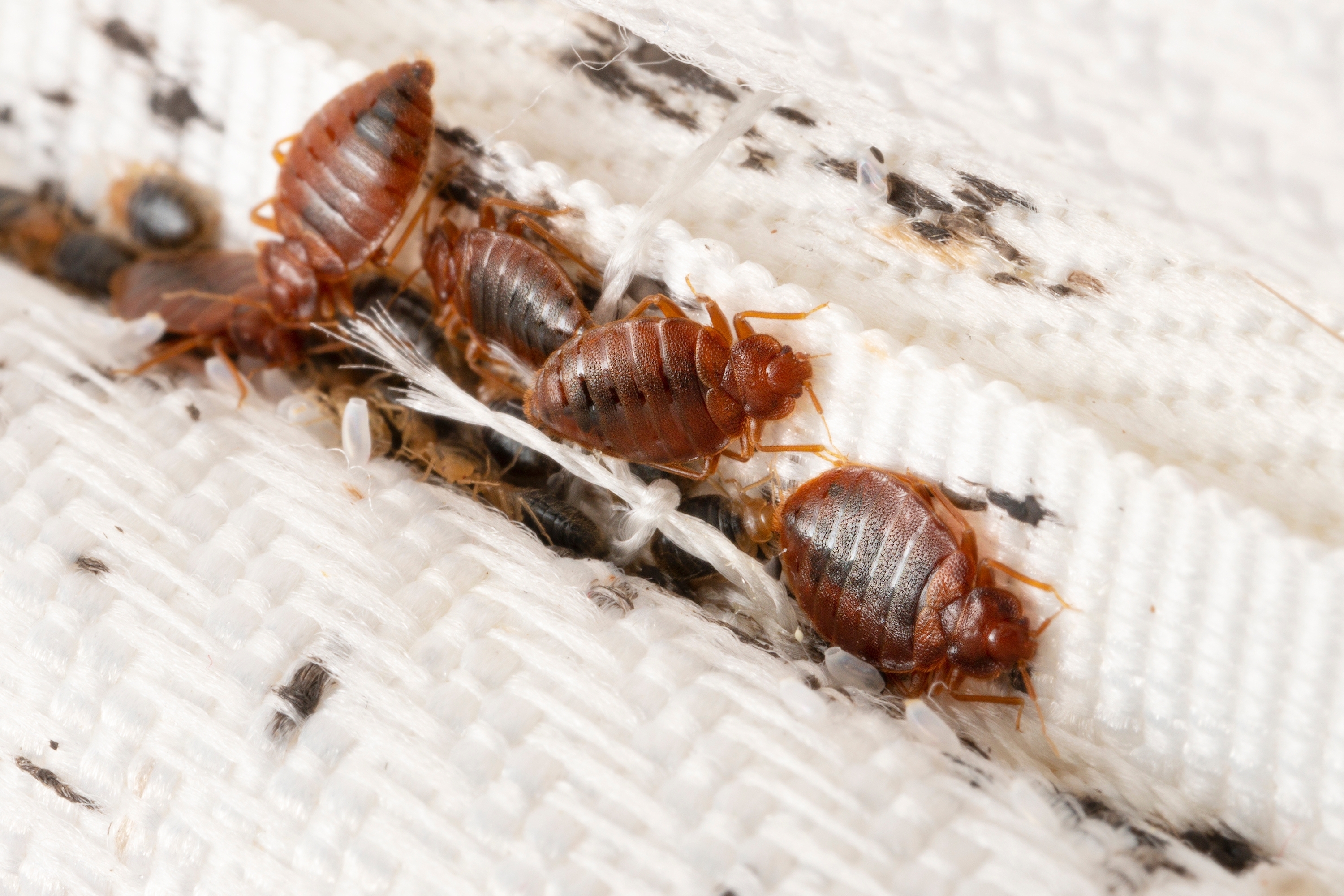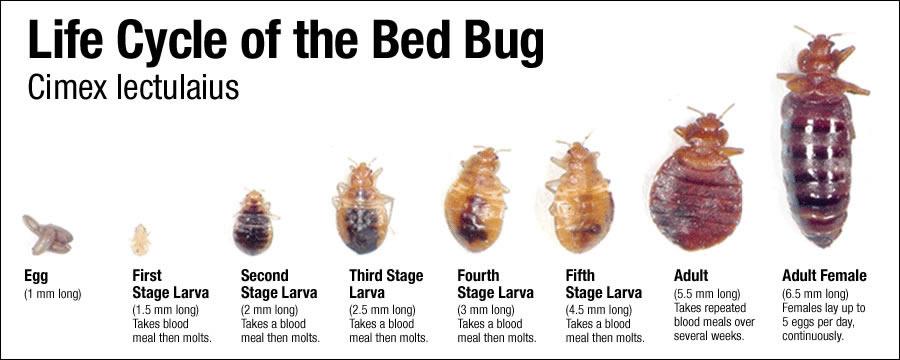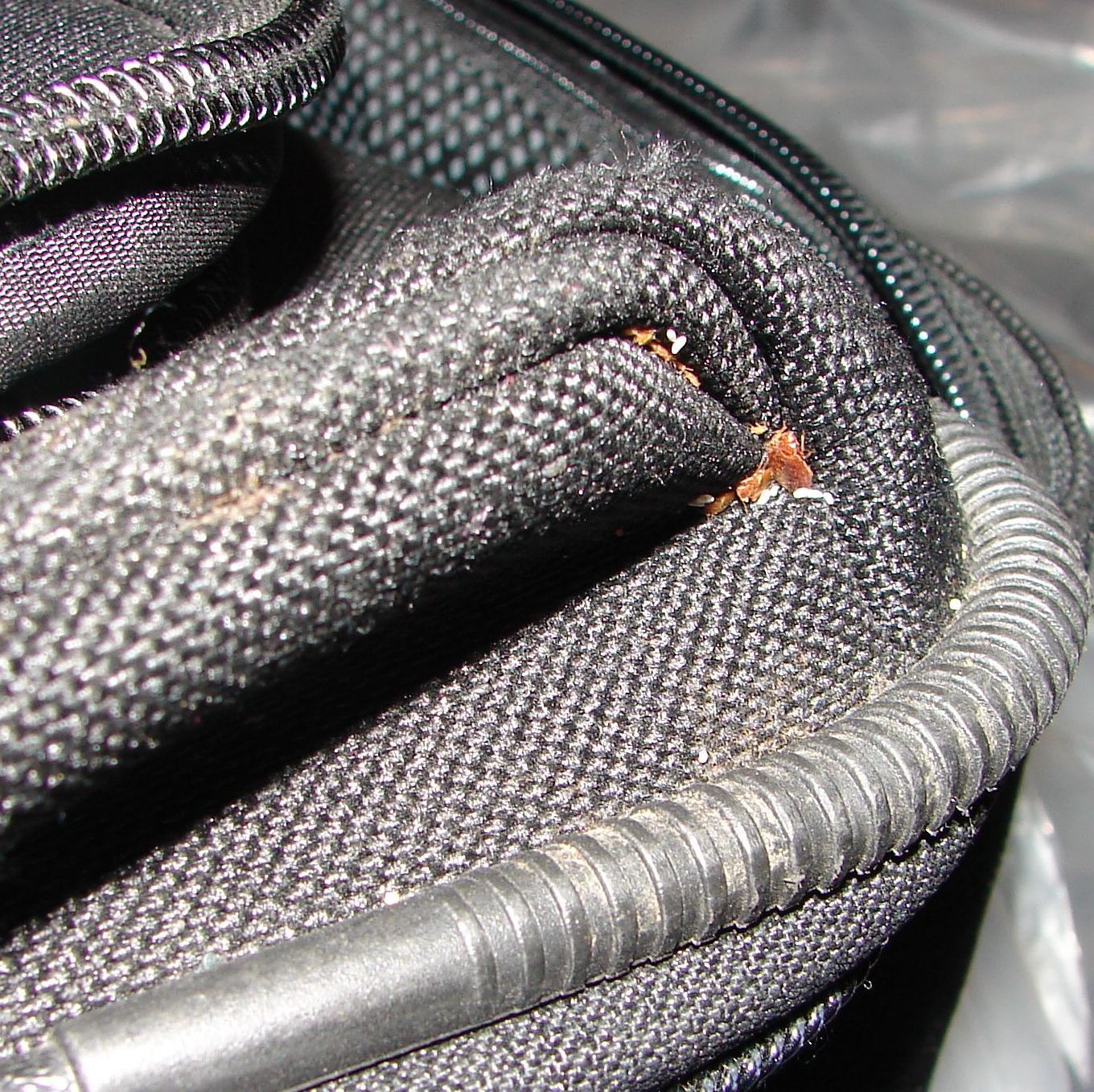France's Bedbug Epidemic Coming To London - How Can You Avoid It?
Discover crucial insights into France's bedbug epidemic coming to London and learn effective strategies to avoid these pests. Our guide provides essential tips for identifying and preventing bedbug infestations, helping you stay protected in the wake of this growing concern.
Jane RestureJan 26, 2024629 Shares16127 Views

The global spread of bedbugs has become a significant public health issue since France's bedbug epidemic, with major cities like Paris and Singapore witnessing alarming outbreaks. Just a month after the bedbug crisis in Paris, Singapore reported a sharp increase in bedbug incidents in November 2023.
This uptick in Singapore was characterized by numerous households discovering bedbug infestations, leading to widespread concern and a surge in demand for professional extermination services. As Channel NewsAsia highlighted, Singapore's pest control companies, including Rentokil, have observed a growing number of bedbug infestation cases and anticipate a continued rise, especially during the holiday season.
This international trend of increasing bedbug occurrences raises concern for other major cities, including London. With Rentokil's statistics indicating the beginning of similar problems in London, understanding the behavior, signs, and preventive measures against bedbugs is now more crucial than ever.
This comprehensive guide delves into understanding bedbugs, recognizing their signs, and effectively implementing preventive measures, particularly before they swarm London.
Understanding Bedbugs - Size, Appearance, And Lifecycle
Recognizing bedbugs early is key to preventing and controlling infestations effectively. But what do they look like?
Size And Lifecycle
The lifecycle of a bedbug is both intricate and alarming, beginning from a stage scarcely visible to the naked eye. Initially, bedbugs start as tiny eggs, measuring only about 1mm in length. These eggs are pearl-white in color and are often laid in clusters in hidden locations. After hatching, bedbugs pass through several nymphal stages before reaching maturity.
As they grow, these nymphs require blood meals to develop, shedding their skin, known as molting, five times before becoming adults. This development process from egg to adult typically takes about one month, depending on conditions like temperature and availability of food. Adult bedbugs, when fully grown, reach a size of about 5-7mm, comparable to an apple seed. They are flat, oval-shaped, and brownish in color, but their bodies swell and darken after feeding.
A mature female bedbug can lay hundreds of eggs over her lifetime, and under optimal conditions, an infestation can grow rapidly. Bedbugs can survive for several months without feeding, making them particularly resilient pests.
Appearance
The appearance of bedbugs varies significantly throughout their lifecycle, making identification challenging at times. After each blood meal during their nymph stages, they molt and grow larger. These nymphs are smaller and lighter in color compared to adults but are otherwise similar in appearance.
Adult bedbugs have a distinctly flat, oval body when unfed. Their coloration ranges from a light brown to a reddish-brown, becoming darker and more swollen after feeding. The most dramatic change in their appearance occurs when they engorge themselves with blood, causing their bodies to swell and elongate. This engorgement makes them more visible and easier to spot compared to their unfed state.
Additionally, bedbugs have small, black eyes, and their bodies are covered with short, golden-colored hairs, which give them a striped appearance. They possess a small head with a short, broad proboscis used for feeding, and their antennae are four-segmented. While they do have wing pads, bedbugs cannot fly.
Identifying Signs Of Bedbug Infestation
Recognizing the presence of bedbugs is essential in managing and preventing their spread. These small, elusive pests can often go unnoticed until their numbers increase significantly. However, there are several signs to look out for that can help identify a bedbug infestation.
Gaps
Bedbugs are primarily nocturnal and hide in tiny cracks and crevices during the day. These are also the locations where they lay their eggs, forming hidden colonies. You're unlikely to see bedbugs moving about during daylight. Some of their favorite hiding spots include:
- Seams in Mattresses - Often the first place to inspect. Bedbugs like to hide in the stitching and folds of mattresses.
- Joins in Bedframes and Furniture -The crevices and joints in furniture, especially bedframes, can be ideal hiding spots for bedbugs.
- Splits or Holes in Wood -Wooden furniture and structures with splits or holes can also harbor bedbugs, providing them with a safe refuge.
Patches
A clear sign of bedbugs is the presence of small, black, or dark brown fecal stains. These stains can be found on both soft and hard furnishings and are often more visible than the bugs themselves. Examples include:
- On Wood: Dark splotches in the crevices or on the surface of wooden furniture.
- On Mattresses: Small, irregular stains along the seams or underneath the mattress.
Smells
Bedbugs communicate using pheromones, which can produce distinct smells detectable by humans. These odors can range from the scent of coriander to musty, berry-like smells. In the past, bedbugs were even referred to as "Coriander Bugs" due to their distinctive smell. In cases of severe infestation, you might detect:
- A sweet, musty berry-like scent.
- A smell reminiscent of coriander.
- An acrid, almond-like odor.
- General old bed linen smell.
Skins
As part of their growth process, bedbugs shed their skins several times. These shed skins are light brown and translucent and can often be found near their hiding places. Discovering these skins is a strong indicator of an active bedbug population.
Blood
After feeding at night, bedbugs can leave behind small specks or splotches of blood on sheets and bedding. These marks are typically red or brown and can be an indication of a bedbug feeding.
Bite Marks
Bedbug bites are often seen in tight clusters or lines and are generally larger than mosquito bites. These bites can vary in reaction – some might itch, while others resemble hive-like welts. The pattern and appearance of these bites are key indicators of bedbug activity.
Fumigation Smells
In addition to the physical signs of bedbugs, chemical traces can also indicate the presence of an infestation. The battle against bedbugs often involves the use of chemical treatments, and the odors associated with these substances can be a crucial indicator of recent fumigation efforts.
The primary chemical used in many bedbug fumigation processes, Sulfuryl Fluoride, is typically odorless. However, to ensure safety and provide a warning sign, Chloropicrin is often added to the fumigation mixture.
Chloropicrin has a "sweet yet acrid and harsh scent," making it easily detectable. This smell serves as a warning to avoid entering areas that have recently been fumigated.
If you encounter a lingering smell of fumigation chemicals or observe an ongoing fumigation process, it is advisable to be cautious and possibly avoid the area. The presence of these odors does not necessarily guarantee that the space is free of bedbugs. In fact, the need for repeated treatments in some locations underscores the possibility that bedbugs could still be present, even after an area has been treated.
How Are Bedbugs Transmitted?
Understanding the transmission methods of bedbugs is crucial for preventing their spread. Unlike parasites such as headlice or bodylice, which live directly on their hosts, bedbugs have different modes of hitchhiking from one location to another. They are particularly adept at traveling via human belongings like luggage and clothing.
Luggage
Luggage serves as one of the most common vehicles for bedbug transmission. These pests do not reside on human bodies but are experts at concealing themselves in small spaces. The seams, pockets, and hidden gaps in luggage provide perfect hiding spots for bedbugs. When travelers stay in infested accommodations, bedbugs can easily crawl into their luggage, undetected. This method allows them to travellong distances, often crossing continents, as they move with their unsuspecting human carriers.
The risk of picking up bedbugs through luggage increases in places with high turnovers, such as hotels, hostels, and guesthouses. Bedbugs are attracted to the warmth and carbon dioxide that humans emit, and luggage stored near beds or on the floor provides an easy access point for these pests.
Clothing
In addition to luggage, clothing is another significant vector for bedbug transmission. Bedbugs can find their way into folded clothes, especially those left out in the open or in close proximity to infested areas. When packed into luggage, these clothes provide an ideal environment for bedbugs – dark, undisturbed, and close to potential new hosts.
It's not uncommon for bedbugs to nestle within the layers of clothing, especially if these items are left on or near infested furniture like beds and sofas. They can cling onto fabrics, making their way into suitcases and bags, and subsequently, into new homes and environments.
For travelers, understanding these transmission routes is vital. Vigilance in checking and maintaining luggage and clothing can significantly reduce the risk of inadvertently transporting bedbugs from one place to another. Regular inspection of luggage, especially after staying in shared or public accommodations, and cautious handling and storage of clothing can help in preventing the spread of these pests.
6 Ways To Prevent Getting Bedbugs When Traveling
So how can you prevent a bedbug spread?
1. Inspect The Room
Conduct a detailed examination of your accommodation upon arrival. Pay close attention to mattresses, bedframes, and places where you might store your luggage.
2. Ensure Luggage Safety
Choose hard-cased luggage and use sealed bags for clothing. Avoid placing luggage on carpets to reduce the risk of bedbugs finding a hiding spot.
3. Utilize A Flashlight
Carry a small flashlight to assist in inspecting dark and less accessible areas, ensuring a more thorough check.
4. Perform Pre-Departure Checks
Before leaving your lodging, thoroughly inspect and vacuum your luggage. Keep clothing in sealed bags until they can be washed at home.
5. Use Natural Repellents
Consider applying scents like lavender or citrus as bedbug deterrents, although their effectiveness is not scientifically confirmed.
6. Take Immediate Action
If you detect bedbugs, immediately notify the hotel management and request a different room, as hotels are responsible for providing pest-free environments.
Recent reports from Paris indicate a shift in bedbug behavior and habitats. They have been found in unexpected places like cinemas and public transportation, and there's an increase in their daytime activity. This trend necessitates a heightened level of caution, not only in private accommodations but also in public spaces.
France's Bedbug Epidemic FAQs
What Are The Signs Of A Bedbug Infestation?
Bedbug infestations are indicated by small, dark fecal spots on mattresses and furniture, a sweet, musty odor, shed skins, blood spots on sheets, and bite marks on the skin in tight clusters or lines.
How Do Bedbugs Spread?
Bedbugs typically spread by hitchhiking in luggage, clothing, and other personal belongings. They do not live on humans but move from one place to another by hiding in the seams and gaps of luggage and clothing.
Can Bedbugs Transmit Diseases?
No, bedbugs are not known to transmit diseases to humans. However, their bites can cause itching and discomfort, and in some cases, allergic reactions.
How Can I Prevent Bedbug Infestations While Traveling?
To prevent bedbug infestations while traveling, inspect hotel rooms for signs of bedbugs, use hard-cased luggage, store clothing in sealed bags, and keep luggage away from beds and carpets.
What Should I Do If I Find Bedbugs In My Hotel Room?
If you find bedbugs in your hotel room, immediately inform the hotel management and request a different room. Avoid staying in a room adjacent to or directly above or below the infested room.
Conclusion
France's bedbug epidemic and the threat of bedbugs moving from Paris to London is a call to action for heightened awareness and preventive measures. By understanding the nature of bedbugs, recognizing the signs of infestation, and employing effective prevention strategies, individuals can greatly reduce the risk of encountering these pests. Whether at home or traveling, vigilance is key in safeguarding against the growing concern of bedbug infestations.
Latest Articles
Popular Articles

